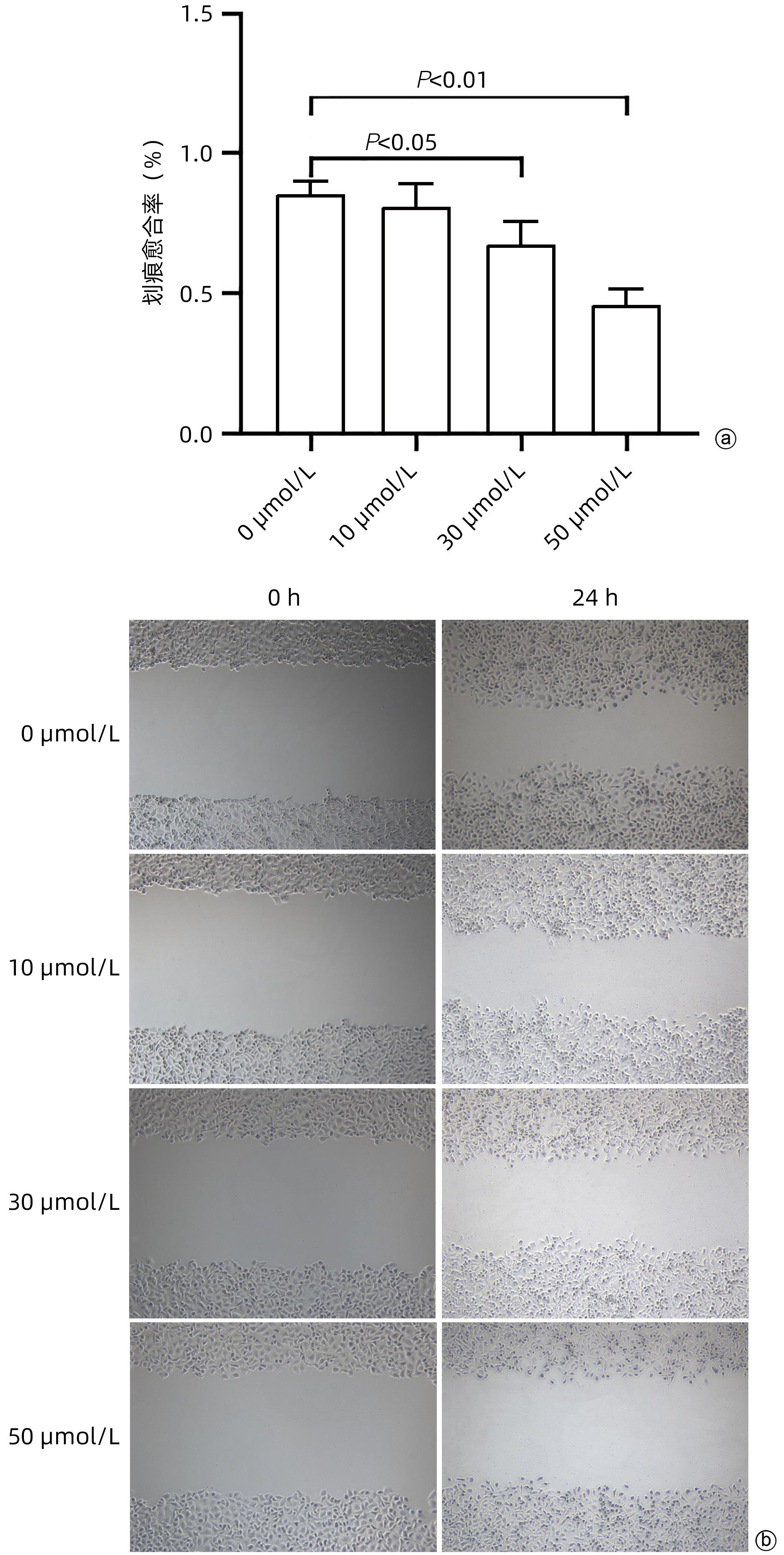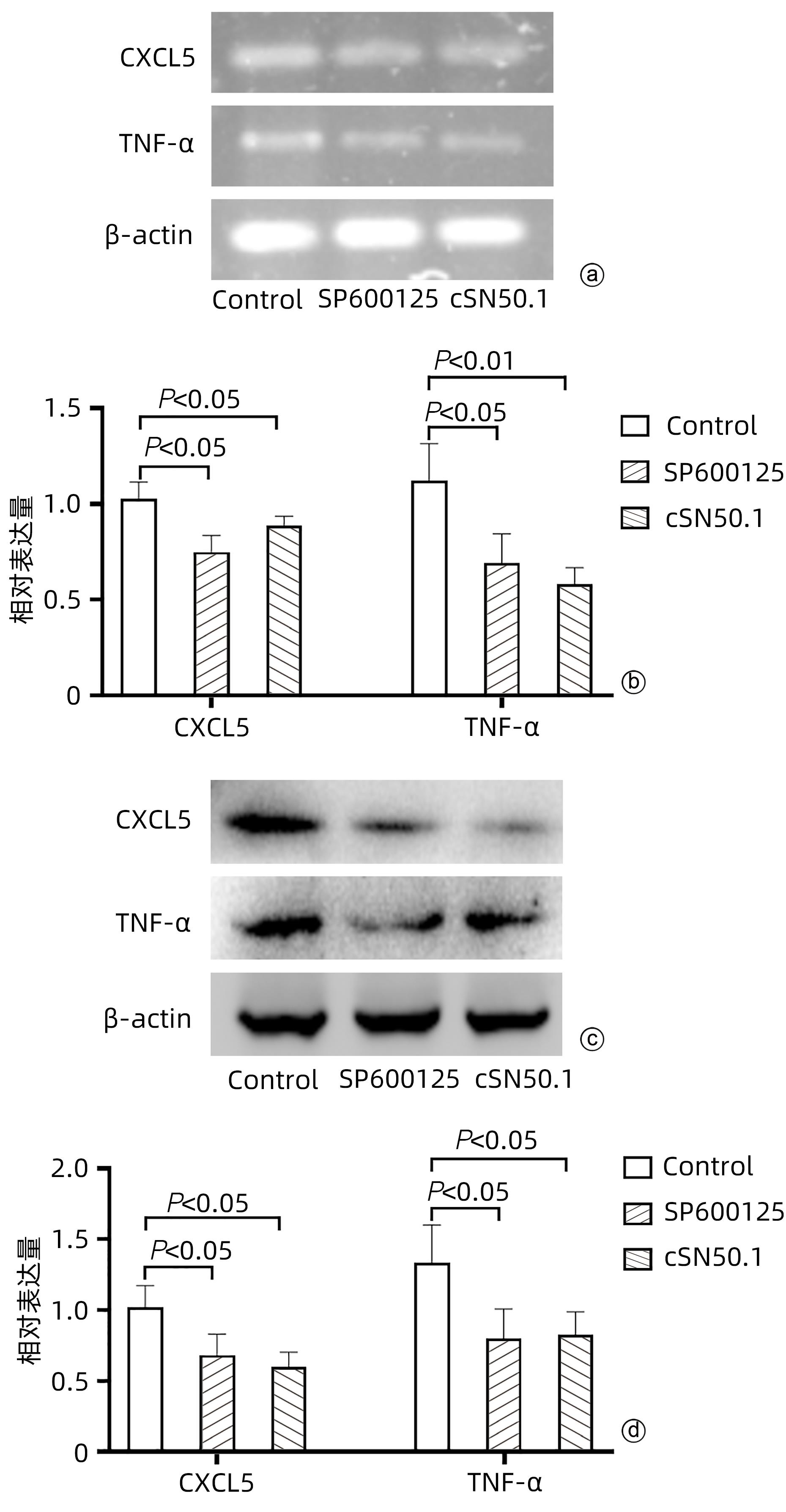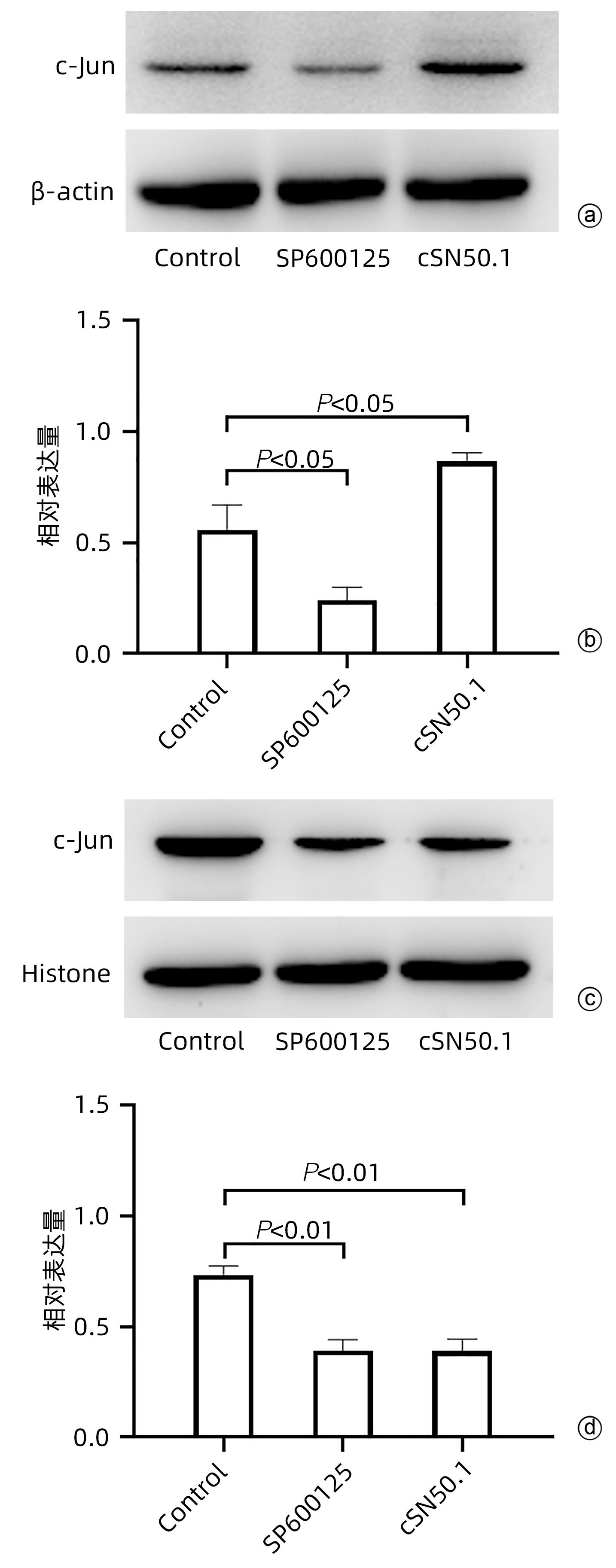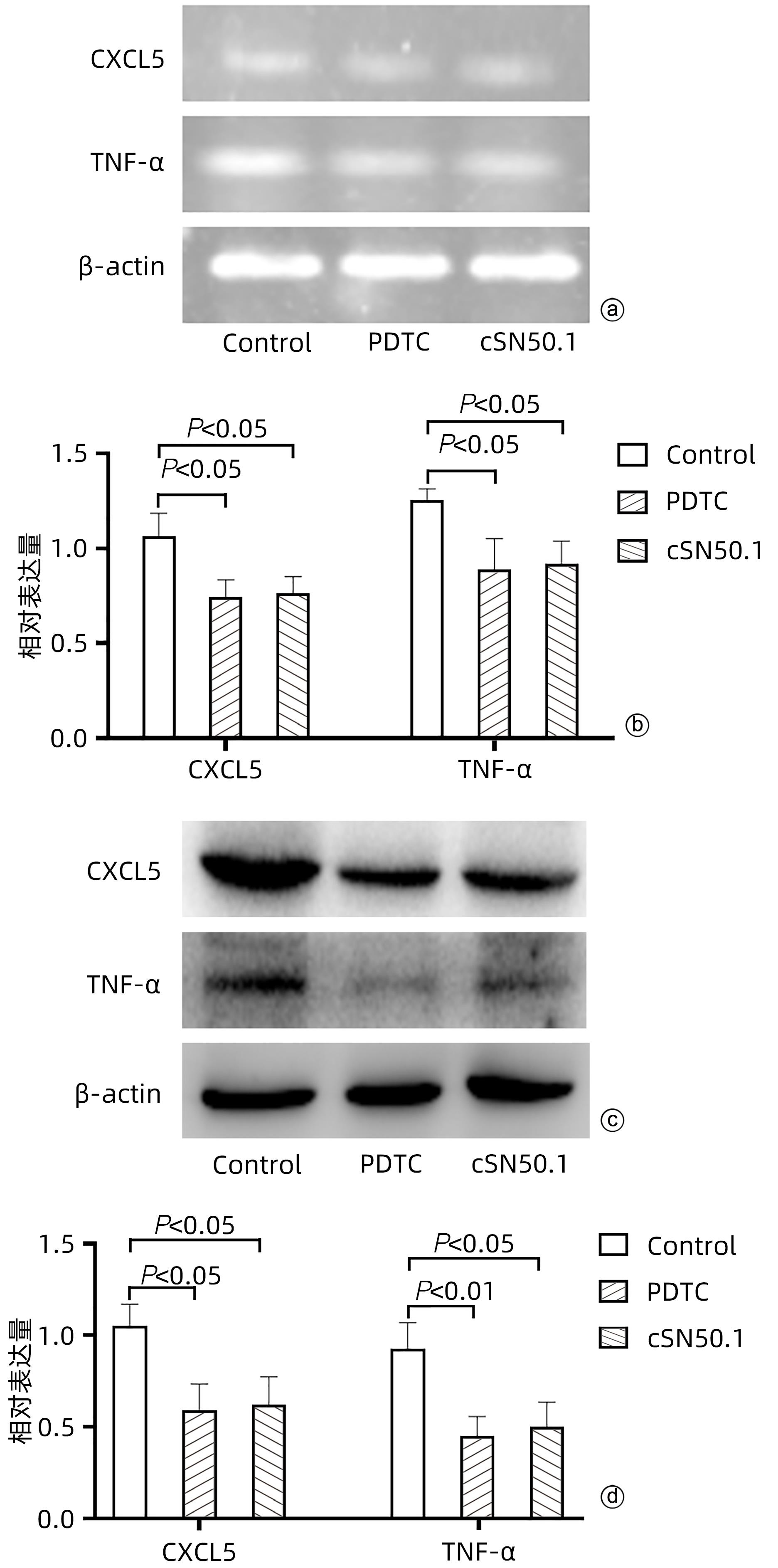| [1] |
BRAY F, FERLAY J, SOERJOMATARAM I, et al. Global cancer statistics 2018: GLOBOCAN estimates of incidence and mortality worldwide for 36 cancers in 185 countries[J]. CA Cancer J Clin, 2018, 68( 6): 394- 424. DOI: 10.3322/caac.21492. |
| [2] |
2019 Under- GBD 5 Mortality Collaborators. Global, regional, and national progress towards Sustainable Development Goal 3.2 for neonatal and child health: All-cause and cause-specific mortality findings from the Global Burden of Disease Study 2019[J]. Lancet, 2021, 398( 10303): 870- 905. DOI: 10.1016/S0140-6736(21)01207-1. |
| [3] |
VILLANUEVA A. Hepatocellular carcinoma[J]. N Engl J Med, 2019, 380( 15): 1450- 1462. DOI: 10.1056/nejmra1713263. |
| [4] |
LI X, RAMADORI P, PFISTER D, et al. The immunological and metabolic landscape in primary and metastatic liver cancer[J]. Nat Rev Cancer, 2021, 21( 9): 541- 557. DOI: 10.1038/s41568-021-00383-9. |
| [5] |
LEE G, HAN SB, LEE JH, et al. Cancer mechanobiology: Microenvironmental sensing and metastasis[J]. ACS Biomater Sci Eng, 2019, 5( 8): 3735- 3752. DOI: 10.1021/acsbiomaterials.8b01230. |
| [6] |
VEACH RA, LIU Y, ZIENKIEWICZ J, et al. Survival, bacterial clearance and thrombocytopenia are improved in polymicrobial sepsis by targeting nuclear transport shuttles[J]. PLoS One, 2017, 12( 6): e0179468. DOI: 10.1371/journal.pone.0179468. |
| [7] |
ALTEKRUSE SF, MCGLYNN KA, REICHMAN ME. Hepatocellular carcinoma incidence, mortality, and survival trends in the United States from 1975 to 2005[J]. J Clin Oncol, 2009, 27( 9): 1485- 1491. DOI: 10.1200/JCO.2008.20.7753. |
| [8] |
SCHLEIN LJ, THAMM DH. Review: NF-kB activation in canine cancer[J]. Vet Pathol, 2022, 59( 5): 724- 732. DOI: 10.1177/03009858221092017. |
| [9] |
YANG Y, LI TF, HUANG C. Research progress of tumor stroma ingredient and pathological features in gastric cancer[J]. Chin J Dig Surg, 2022, 21( 3): 427- 432. DOI: 10.3760/cma.j.cn115610-20220216-00090. |
| [10] |
KWON OS, CHOI SH, KIM JH. Inflammation and hepatic fibrosis, then hepatocellular carcinoma[J]. Korean J Gastroenterol, 2015, 66( 6): 320- 324. DOI: 10.4166/kjg.2015.66.6.320. |
| [11] |
CHEN H, ZHOU XH, LI JR, et al. Neutrophils: Driving inflammation during the development of hepatocellular carcinoma[J]. Cancer Lett, 2021, 522: 22- 31. DOI: 10.1016/j.canlet.2021.09.011. |
| [12] |
PETRICK JL, FLORIO AA, ZNAOR A, et al. International trends in hepatocellular carcinoma incidence, 1978–2012[J]. Int J Cancer, 2020, 147( 2): 317- 330. DOI: 10.1002/ijc.32723. |
| [13] |
TANG A, HALLOUCH O, CHERNYAK V, et al. Epidemiology of hepatocellular carcinoma: Target population for surveillance and diagnosis[J]. Abdom Radiol, 2018, 43( 1): 13- 25. DOI: 10.1007/s00261-017-1209-1. |
| [14] |
SINGAL AG, LAMPERTICO P, NAHON P. Epidemiology and surveillance for hepatocellular carcinoma: New trends[J]. J Hepatol, 2020, 72( 2): 250- 261. DOI: 10.1016/j.jhep.2019.08.025. |
| [15] |
YE DY, YANG S, ZHAO LL, et al. Research progress in effects of inflammatory markers on occurrence, development and prognosis of malignant tumors and their mechanisms[J]. J Jilin Univ(Med Ed), 2022, 48( 4): 1079- 1087. DOI: 10.13481/j.1671-587X.20220432. |
| [16] |
RICHARDSON JSM, AMINUDIN N, MALEK SN ABD. Chalepin: A compound from Ruta angustifolia L. pers exhibits cell cycle arrest at S phase, suppresses nuclear factor-kappa B(NF-κB) pathway, signal transducer and activation of transcription 3(STAT3) phosphorylation and extrinsic apoptotic pathway in non-small cell lung cancer carcinoma(A549)[J]. Pharmacogn Mag, 2017, 13( Suppl 3): S489-S498. DOI: 10.4103/pm.pm_13_17. |
| [17] |
VERMA A, SINGH D, ANWAR F, et al. Triterpenoids principle of Wedelia calendulacea attenuated diethynitrosamine-induced hepatocellular carcinoma via down-regulating oxidative stress, inflammation and pathology via NF-kB pathway[J]. Inflammopharmacology, 2018, 26( 1): 133- 146. DOI: 10.1007/s10787-017-0350-3. |
| [18] |
REN ZR, CHEN Y, SHI L, et al. Sox9/CXCL5 axis facilitates tumour cell growth and invasion in hepatocellular carcinoma[J]. FEBS J, 2022, 289( 12): 3535- 3549. DOI: 10.1111/febs.16357. |
| [19] |
JIA XQ, WEI SQ, XIONG WJ. CXCL5/NF-κB pathway as a therapeutic target in hepatocellular carcinoma treatment[J]. J Oncol, 2021, 2021: 9919494. DOI: 10.1155/2021/9919494. |
| [20] |
ZHOU SL, DAI Z, ZHOU ZJ, et al. CXCL5 contributes to tumor metastasis and recurrence of intrahepatic cholangiocarcinoma by recruiting infiltrative intratumoral neutrophils[J]. Carcinogenesis, 2014, 35( 3): 597- 605. DOI: 10.1093/carcin/bgt397. |
| [21] |
XIA JL, XU XJ, HUANG PX, et al. The potential of CXCL5 as a target for liver cancer-what do we know so far?[J]. Expert Opin Ther Targets, 2015, 19( 2): 141- 146. DOI: 10.1517/14728222.2014.993317. |
| [22] |
PAN LC, XIAO HY, YIN WJ, et al. Correlation between HSD17B4 expression in rat liver cancer tissues and inflammation or proliferation[J]. Eur Rev Med Pharmacol Sci, 2018, 22( 11): 3386- 3393. DOI: 10.26355/eurrev_201806_15160. |
| [23] |
YANG YM, KIM SY, SEKI E. Inflammation and liver cancer: Molecular mechanisms and therapeutic targets[J]. Semin Liver Dis, 2019, 39( 1): 26- 42. DOI: 10.1055/s-0038-1676806. |
| [24] |
XING Y, LIU Y, QI Z, et al. LAGE3 promoted cell proliferation, migration, and invasion and inhibited cell apoptosis of hepatocellular carcinoma by facilitating the JNK and ERK signaling pathway[J]. Cell Mol Biol Lett, 2021, 26( 1): 49. DOI: 10.1186/s11658-021-00295-4. |
| [25] |
BHOSALE PB, KIM HH, ABUSALIYA A, et al. Structural and functional properties of activator protein-1 in cancer and inflammation[J]. Evid Based Complementary Altern Med, 2022, 2022: 1- 8. DOI: 10.1155/2022/9797929. |
| [26] |
TAN WL, LUO X, LI WD, et al. TNF-α is a potential therapeutic target to overcome sorafenib resistance in hepatocellular carcinoma[J]. EBioMedicine, 2019, 40: 446- 456. DOI: 10.1016/j.ebiom.2018.12.047. |
| [27] |
DOLCET X, LLOBET D, PALLARES J, et al. NF-kB in development and progression of human cancer[J]. Virchows Arch, 2005, 446( 5): 475- 482. DOI: 10.1007/s00428-005-1264-9. |

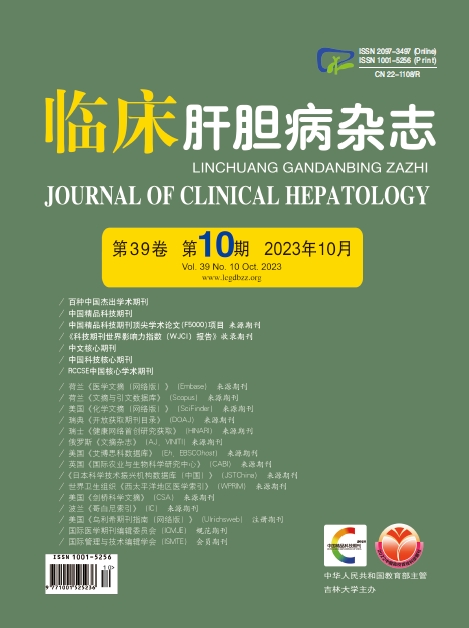

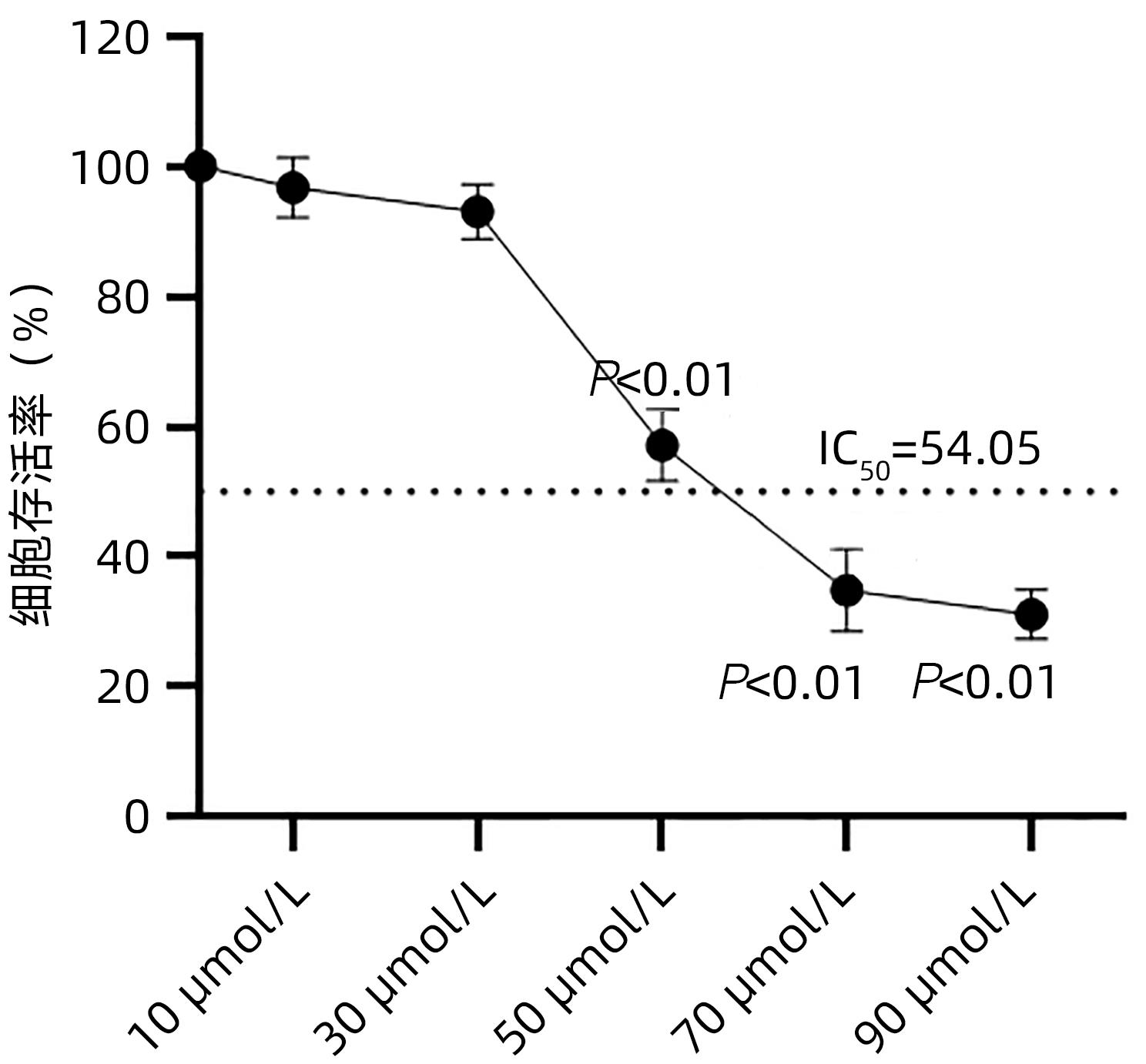




 DownLoad:
DownLoad:
